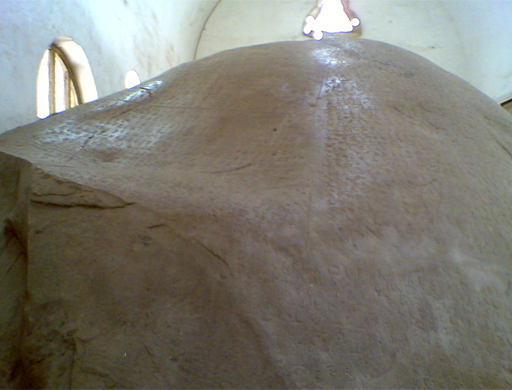1 Religious diversity in Europe
Europe is a religiously diverse continent. Although some East Asian and African countries have higher levels of religious diversity, many European countries have obtained high Religious Diversity Index scores as calculated by the Pew Research Center. In 2010, the European countries in the top quarter of religious diversity scores included (in descending order) the Netherlands, Bosnia-Herzegovina, France, Belgium, Latvia, North Macedonia, Estonia, Sweden, Germany and the United Kingdom (Pew Research Center, 2014).
Activity 1
Take a look now at the full table showing Religious Diversity Index Scores by Country [Tip: hold Ctrl and click a link to open it in a new tab. (Hide tip)] by the Pew Research Center.
The table initially displays in alphabetical order of country, but by clicking on the headers you can make it display in order of Diversity Index (RDI), or in the order of percentages of a particular religion. Explore the table and note down your thoughts as to why the European countries listed above scored highly on this measure of diversity? Can you think of ways in which their various pasts have shaped their present-day diversity?
Discussion
Religious diversity takes different forms, which reflects the histories of the various regions of the continent. For example, under the Ottoman Empire between the fourteenth and nineteenth centuries, Muslims settled in the Balkans, meaning that Bosnia and North Macedonia have substantial longstanding Muslim minorities. Much more recently, in the mid to late twentieth century, numerous Muslims migrated to Western European countries from South Asia, the Middle East and North Africa. Pattens of migrations were often shaped by historic colonial connections, for example from South Asia to Britain and from North Africa to France.
There are also smaller but significant minorities of other religions, notably Hindus in the United Kingdom and the Netherlands, and Jews in the UK and France. The high scores obtained by the former Soviet Union countries of Estonia and Latvia illustrates a further important dimension – the widespread presence of people who do not identify with any religion (unaffiliated), which is also a rising trend in Western Europe.
Europeans have a mixed record in managing religious diversity, even diversity within the continent’s historically dominant religion, Christianity. Examples of intolerance are numerous: the expulsion of Muslims from Spain at the end of the fifteenth century; the ‘wars of religion’ of the sixteenth century; the Catholic French King Louis XIV’s withdrawal in 1685 of the toleration of Protestants granted by his grandfather Henry IV in 1598; and the repression of all religions in the Soviet Union and its satellite states during the twentieth century. Most extreme of all was the genocide of the majority of European Jews in the Holocaust of the 1940s.
Nevertheless, the RETOPEA project (and so this course) starts from the assumption that informed engagement with the past of both European and non-European countries can also offer us positive ideas of religious toleration. For example, the ancient Indian Emperor Ashoka desired ‘that in all places should reside people of diverse religious sects’ (quoted in Mukherjee, 1928, pp. 149–50); the sixteenth-century Polish King Stephen sought to preserve religious peace by saying he ‘did not want to rule consciences’ (Keckermannus, 1610); and the Charter of Fundamental Rights of the European Union, proclaimed in the year 2000, prohibits discrimination on grounds of ‘religion or belief’ (European Union Agency for Fundamental Rights, 2000), among other things.

As important as these formal statements by political leaders, however, was the widespread ‘on the ground’ ability of people of different religions to live peacefully alongside each other, whatever their leaders’ aspirations for toleration. In many countries, although such co-existence can break down, sometimes with tragic consequences, historical periods have shown that peace and cooperation is a more enduring reality than conflict and persecution.
In 2018, the then German Chancellor Angela Merkel declared that ‘tolerance is the soul of Europe’ (quoted in European Parliament, 2018). The historical reality is more complex, but if her assertion is to become a reality for the future, young people need to understand and engage with the legacies of the past and be equipped to challenge misuses of the past that can fuel intolerance.
